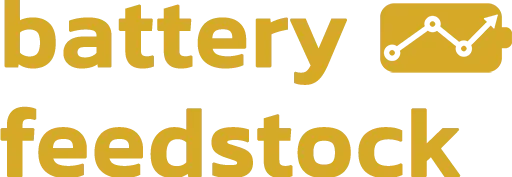LFP & Sodium-Ion Emerge as Heirs to the Battery Throne
The battery chemistry landscape is rapidly evolving. Lithium Iron Phosphate (LFP) has cemented its dominance, capturing a staggering 82.3% of the power battery installation share in China as of March 2025. This momentum is reflected in the supply chain, where LFP black mass recycling is seeing a rebound in profitability. Now, a new challenger is emerging: sodium-ion (Na-ion). Hailed for its low cost and superior low-temperature performance, CATL's 5th-gen Na-ion battery is gaining attention. LG Energy Solution is also mass-producing LFP batteries in Korea, signaling the chemistry's move beyond China.
LFP's Unquestioned Dominance
The transition to LFP chemistry is no longer a forecast; it is a market reality. In China, the world's largest EV market, LFP batteries accounted for a commanding 82.3% of power battery installations in March 2025. This dominance is creating its own robust supply chain, with prices for recycled LFP black mass rising in line with lithium salts. Profitability for recycling LFP into lithium carbonate has rebounded, now hovering in the -3% to 4% range.
The trend is also going global. With key LFP patents expiring, South Korea's LG Energy Solution has started mass production of LFP batteries in Korea, specifically targeting the energy storage system (ESS) market.
Phosphate Supply Chain Heats Up
The "P" in LFP is becoming a critical mineral in its own right. Phosphate-focused exploration companies are seeing a surge in interest. First Phosphate, which is developing projects in Canada, recently applauded a new government investment in the Port of Saguenay to support its supply chain and closed an oversubscribed private placement, signaling strong investor confidence.
Enter Sodium-Ion: The New Challenger
With LFP's position secure, the market is already looking for the next disruption: sodium-ion (Na-ion) batteries. Long discussed as a theoretical low-cost alternative, Na-ion is now entering commercial production. CATL is promoting its 5th-generation Na-ion battery, highlighting its key advantage over lithium: superior performance in low-temperature conditions. In the US, Na-ion batteries are "landing" with an initial focus on grid-scale energy storage, where low cost and stability are more important than the high energy density required for EVs.
Graphite's Geopolitical Role
While new chemistries emerge, the incumbent anode material, graphite, remains a key geopolitical flashpoint. The US still imports 100% of its natural graphite, with 42% coming from China. This reliance is why companies like Titan Mining, an emerging natural flake graphite producer in New York, are gaining attention and recently secured a listing on the NYSE American exchange. In another sign of supply chain tension, Tesla has reportedly given Syrah Resources an extension until January 2026 to honor its graphite supply agreement.
Outlook
Bullish (LFP & Na-Ion Adoption)
The market sentiment is overwhelmingly Bullish for LFP and emerging Na-ion technologies. The expiration of key LFP patents is expected to accelerate its adoption outside of China, a trend already started by LGES. The "LFP recovery" is also boosting upstream players like Longpan Technology. Na-ion is poised to capture a significant share of the stationary storage (ESS) market, freeing up lithium supplies for the EV sector. This bifurcation of battery chemistries is a defining trend for the next decade.
